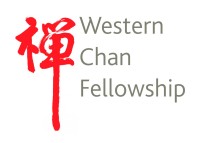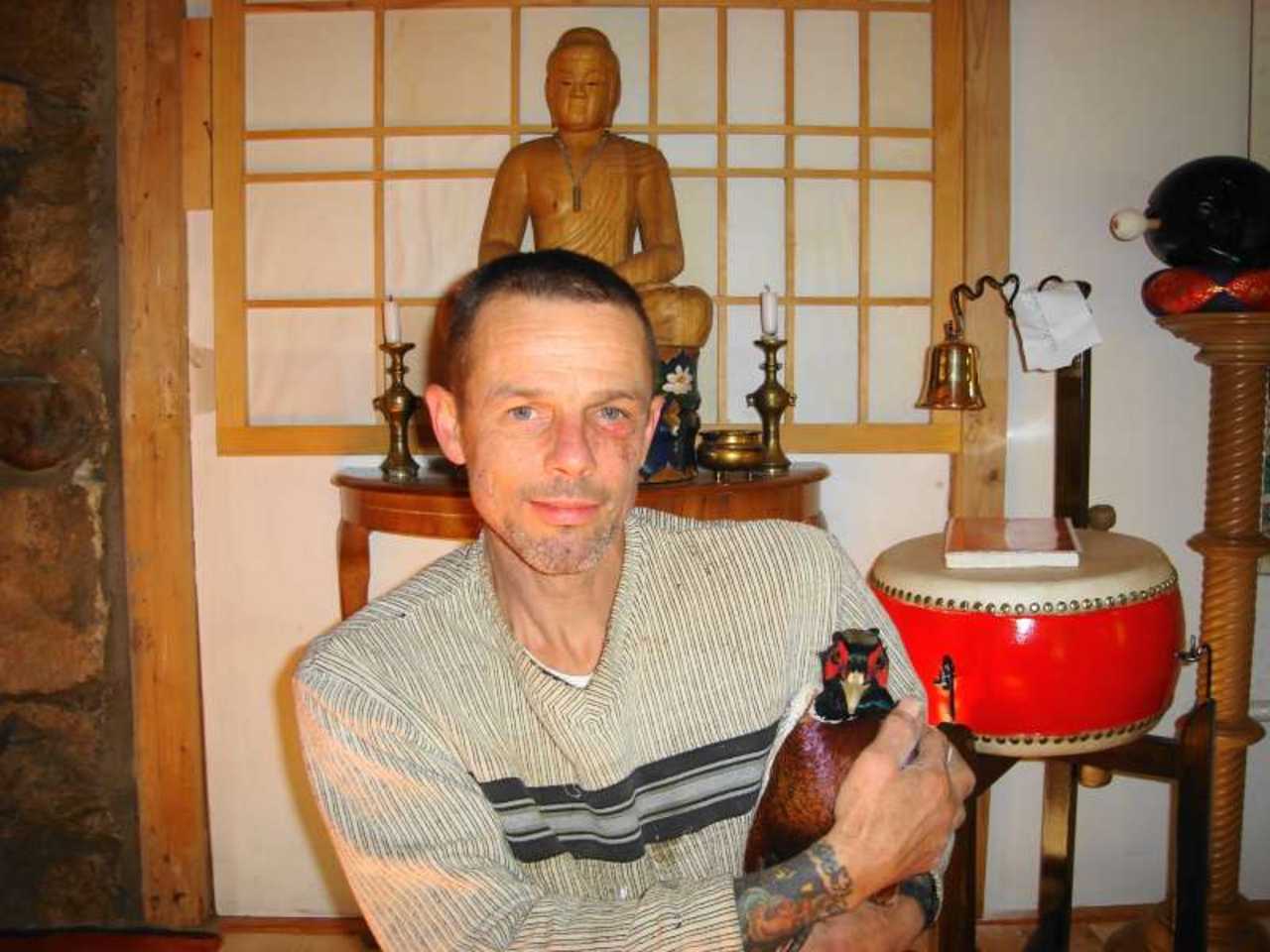Life at Po Lam Chan Monastery, Hong Kong
Shortly before my fifteenth birthday I parted company with school. At seventeen I took karate lessons and at the end of each lesson we would practise zazen. I enjoyed this so much that I asked for more. The instructor suggested I go find myself a Buddhist group and I was prompt to act upon this advice.
When I was 20 I came across The Secrets of Chinese Meditation, a book by Charles Luk. It contained a photo of the most Venerable Chan Master Hsu Yun - 'Empty Cloud'. Seeing this photograph changed my life. It sparked something in me, a quest for the answer to the problems of life.
I found that another of Charles Luk's books was dedicated to an Englishman, Bill Pickard of the Mousehole Buddhist group at the far end of Cornwall. When I reached 27 I decided to pay him a visit. I harnessed my horse, strapped her in the shafts of my bow-top caravan and set off on a voyage of discovery that was to become a life-long adventure.
Three months later I arrived near Bill's house, having walked all the way from the Midlands. The meeting inspired me and soon I sat my first week-long meditation retreat. One day, returning to my horse and wagon, I stood by the stream to fill my kettle - and there it was - just the stream. The retreat had enabled me to let go of all the things in my mind that had been churning around obscuring that which I sought. Everything was clear and perfect - just as it was. There had been no method and no result. Just the stream running.
That was enough for me. I sold my horse and wagon and a couple of days later I was in Hong Kong at the Precious Lotus monastery (Po Lin) which I had spotted in a travel brochure a few days before. No one spoke much English but this didn't matter as I already had a feel for the thing.
After a few weeks the Master whom I had chosen as my teacher took me to his smaller more secluded monastery, Precious Wood Temple (Po Lam) about a mile from the bigger establishment, the bus stop, the tourists and the sightseers. I liked it and decided to stay. I moved into the meditation hall and sat for a couple of years during which time I was ordained as a Chinese monk, having twelve marks burnt with incense onto my scalp.
Every day followed the same pattern:
3.30 am. Get up
4.00 Morning chanting
5.00 Meditation
5.30 Breakfast and work period
9.00 Chanting the Diamond Sutra
12.00 Main meal. Siesta
15.30 Afternoon chanting
17.30 Supper (Optional)
Evening meditation followed by bed at no fixed time.
Sometimes there were no visitors for weeks. It was as though the world had forgotten us and we them. Only a dozen or so old and largely illiterate nuns and one slightly mad monk lived there. The monk worked hard maintaining the footpath up to the road. The Master, who was abbot at the Po Lin monastery, divided his time between the two places. One time John Crook visited for a couple of days. That was our first meeting.
Sitting all day in the Chan hall made me quite unfit so I started helping the nuns cut brush and scrub grass for the cooking fire. It was our only fuel. I carried provisions for them down the arduous footpath from the road. I swept the courtyard and did minor repairs and decorating. When some new monks came I started to learn Cantonese. They were young and had a modern outlook, giving the place a fresh feel.
We all ate a special diet strictly following the rule excluding onions, garlic, leeks and eggs. Vegetables were grown in the gardens fed by our night soil. The mosquitoes loved that. Water came from a mountain spring. There were large and dangerous snakes on the mountain but, after having lived in my wagon, it all seemed quite luxurious and easy for me. I really felt at home. Master Hsing Yat is an unusual man. He told me he would like to help me but that he was unable to do so. He would only say where I went wrong. Right from the start he advised me to go to Songgwang Sa in Korea where Westerners were training. He told me that the standards there were the best in the world and that I should practice with others of my own kind. Eventually, a couple of years later, I got there but the abbot, Kusan Sunim, had died. I did a three-month retreat with some Americans and then went to Japan.
Finally I decided to return to England so I disrobed and came back, yet continuing to practice and keeping more or less to myself. I had to let all the excitement and pride at having been a fully fledged monk settle down and, putting it aside, I continued looking at the mind before thought with which I was becoming familiar. During my attempts at Chan I noticed that the best insights usually came off the cushion rather than on it. Sitting on the cushion was preparatory work and training. Insights were always spontaneous and entirely natural. Many Japanese Zen books miss this point although nowadays they are improving.
Master Hsing Yat at Po Lam taught by actions that had to be understood intuitively. He rarely said anything to me and gave me no particular instruction or method. All he did was to snatch away anything I had done or thought about, even clarity and stillness. He was particularly down to earth and practical, having a Chinese Buddhist sense of humour that allowed a lightness of touch and being at ease with a situation. Now he is quite old and has retired from being the abbot at Po Lin.
Today a large airport has opened down below at the foot of the mountain and the noise is disturbing. I was fortunate to have been at Po Lam when I was. It seemed as though I had stepped back several centuries in time only to return with a clearer understanding of the stillness I had known before that running stream of my first retreat. Nothing learnt, just a jumbled mind cleared for a timeless moment or two.
- Publication date:
- Modified date:
- Categories: Highlighted 1998 Other Articles Eric Johns (Hin Lic) Others
-
 Western Chan Fellowship CIO
Western Chan Fellowship CIO - Link to this page
Back

©Western Chan Fellowship CIO 1997-2025. May not be quoted for commercial purposes. Anyone wishing to quote for non-commercial purposes may seek permission from the WCF Secretary.
The articles on this website have been submitted by various authors. The views expressed do not necessarily represent the views of the Western Chan Fellowship.
Permalink: https://w-c-f.org/Q372-239









